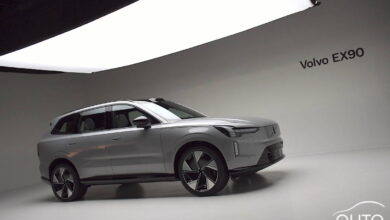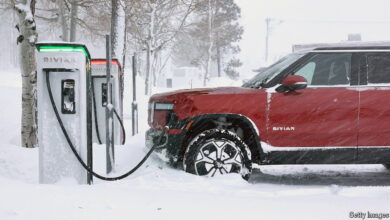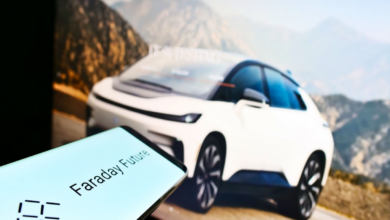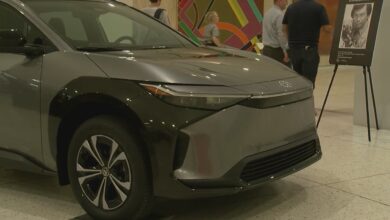Hundreds of New EV Chargers Planned for Oakland, Calif.

Hundreds of new electric vehicle chargers will soon be built in Oakland, Calif., and throughout the San Francisco Bay Area, developed by a series of unique partnerships among utilities, charging infrastructure companies and the state.
Ava Community Energy, a nonprofit electric utility co-op based in Alameda and San Joaquin counties in Northern California, will take the lead on developing high-speed chargers across its service area. While the Austin, Texas, startup FlashParking will develop more than 600 Level 2 chargers within a close circle of downtown Oakland.
“If you install the chargers, people will come. People will adopt EVs because they’re just a better customer experience,” said Nick Chaset, CEO at Ava Community Energy. “Even if the chargers that we are building don’t necessarily see the immediate uptake in charging, we believe people will adopt EVs as they see more chargers.”
Ava is partnering with Calibrant Energy and EV Realty, both makers of charging infrastructure, as well as with local cities. They are working to deploy 86 DC fast chargers across 11 sites in six nearby cities. The aim is to locate these in close proximity to multifamily housing as well as near amenities like retail or restaurants, with the goal of weaving convenient charging into the patterns of everyday life. The chargers are slated to start coming online later this year, with activations continuing into 2025.
“In that 20 minutes that you’ll be charging, you’ll be able to go run an errand,” said Chaset, who noted that at least half of the residents in Ava’s service area are renters.
FlashParking was awarded a $5.8 million grant from the California Energy Commission to develop an “EV charger innovation lab” in downtown Oakland, an initiative that will deploy 446 low-cost, Level 2 chargers within a 1.5-mile radius. The build-out, which will also include battery storage, is set to be complete by the end of 2025.
“Because of our footprint in downtown Oakland, it made sense to propose this dense deployment where we have dozens of existing relationships with parking operators and property owners,” said Matt McCaffree, Flash’s vice president of utility market development, in an email. Flash’s parking technology will handle reservations, payment, access and wayfinding.
FlashParking technology is already in use in more than 50 parking facilities in Oakland. The new charging ports will be sited in off-street parking facilities, either co-located or adjacent to shopping centers and multifamily housing, with all of them accessible to the public, said McCaffree.
Transitioning transportation toward zero emission is one of the top initiatives to reduce greenhouse gases in Ava’s service area, said Chaset.
“At our core we exist to not just deliver clean affordable electricity, but also to find ways to significantly accelerate the adoption of clean energy across our customers’ lives,” he said.
Ava Energy set up partnerships with cities — which happen to own a lot of parking — as well as with private charging companies to spread out both costs and risks. In short, Ava provides the energy, Calibrant and EV Realty provide charging expertise, and the cities provide the locations.
“Instead of us providing all of the capital, and taking all of the risk of owning these things, we were better off trying to partner with a third party who is set up to own and operate this kind of infrastructure over the long run,” Chaset said.
Charging rates have not yet been set for both the Level 2 chargers to be deployed by FlashParking and the high-speed charging project being led by Ava, officials said.
“As a not-for-profit entity our hope is that we can really price these at their most aggressive levels,” said Chaset, adding the arrangement gives Ava some flexibility to offer special rates for low-income residents.



